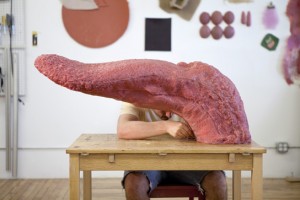Art
A True Work of Art

I think we can all agree that this is the way Van Gogh intended his work to be viewed.
Via Win!
Posted By: Salamander Sam - Thu May 12, 2011 -
Comments (4)
Category: Art, Avant Garde, Surrealism, Bacon, Nineteenth Century
The Fox Catcher
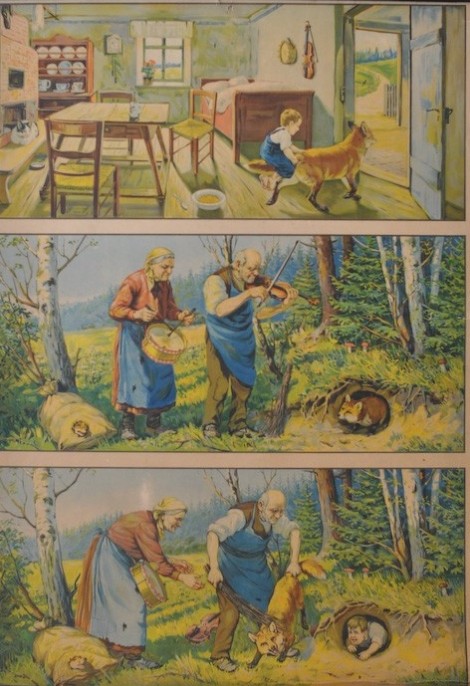
1) A fox comes to a house and steals away a child.
2) The parents track down the fox to his lair and lure him out with drum and violin music.
3) The fox is beaten and/or killed, and the tearful child is saved.
I thought I knew a lot of fairytales, but this one escapes me!
Posted By: Paul - Sun Mar 27, 2011 -
Comments (6)
Category: Animals, Art, Myths and Fairytales, Reader Recommendation
Boxed Music Drums
10 note curved canary tongue drum from Boxed Music Drums on Vimeo.
6 note tongue drum from Boxed Music Drums on Vimeo.
Songa from Boxed Music Drums on Vimeo.
Listen to these beautiful, weirdly configured drums.
Then visit the company that sells them here.
Posted By: Paul - Sat Mar 12, 2011 -
Comments (4)
Category: Art, Music, Technology
Japan on Ice
Posted By: Paul - Mon Feb 07, 2011 -
Comments (1)
Category: Art, Seasonal, Asia
Another Helping of Food Related Weirdness – 7
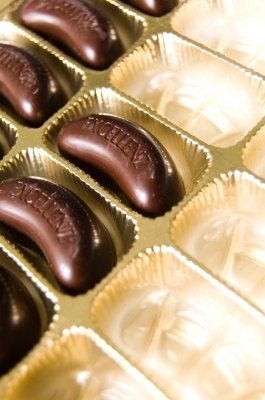
Meanwhile, here is someone who is taking the chocolate maker’s art way too literally. Jean Zaun of Fredericksburg in Pennsylvania uses a mixture of dark and white chocolate, food colouring and confectioner’s glaze to recreate famous works of art, including the frames, in a deliciously edible form. Her subjects have included the works of Van Gogh, Munch and Da Vinci, as well as a portrait of Ozzy Osborne commissioned by his wife. While the chocolate artworks are edible, Zaun believes they should be souvenirs rather than snacks. “They are meant to be consumed by the eye, not the stomach.” Zaun Explained (Daily Mail).
And the misuse of materials won’t stop there, at least not if Dr. Peter Eisner of the Fraunhofer Institute gets his way. Concerned that meat consumption is both unhealthy and bad for the environment, Dr. Eisner has started looking for ways to supplement or replace animal products with vegetable equivalents. His first success is a milk substitute derived from lupins that can even be used to make cheese, meanwhile co-worker Daniela Sussmann has extracted a protein from the seeds gives low-fat sausages more of the sensation of their unadulterated competition. Eisner reckons that our ever growing appetite for meat could one day be disastrous, arguing that the resources needed to produce 1 kilo of meat could instead yield 80 to 100 kilos of fruit or vegetables (Softpedia).
More in extended >>
Posted By: Dumbfounded - Mon Jan 10, 2011 -
Comments (7)
Category: Agriculture, Animals, Farming, Art, Food, Bacon, Candy, Junk Food, Nutrition, Vegetables
The Holy Chicken of Life and Music
The Holy Chicken of Life & Music from NOMINT on Vimeo.
Posted By: Paul - Thu Dec 23, 2010 -
Comments (5)
Category: Animals, Art, Surrealism, Video
Creepy Centipede
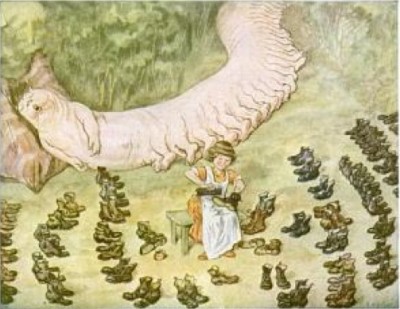
See more of Robert Hogfeldt's work here.
Posted By: Paul - Mon Dec 13, 2010 -
Comments (2)
Category: Art, Horror, Children, 1940s, Europe, Feet
Martha Friedman’s Tongue
Please share your thoughts about a piece of artwork consisting of two of these giants tongues supporting an olive between their tips, and whether or not you would care to have such a piece 24/7/365 in your living room.More on the artist here.
Posted By: Paul - Tue Nov 30, 2010 -
Comments (6)
Category: Art, Body
RISD Signage
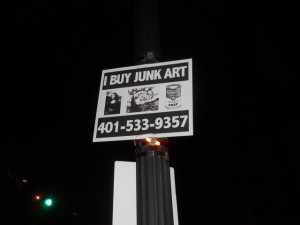
Sign mounted on a lamp post in the middle of Rhode Island School of Design art school territory. Click the image for a better view.
Posted By: Paul - Thu Nov 18, 2010 -
Comments (4)
Category: Art, Education, Humor, Pranks, Signage

| Who We Are |
|---|
| Alex Boese Alex is the creator and curator of the Museum of Hoaxes. He's also the author of various weird, non-fiction, science-themed books such as Elephants on Acid and Psychedelic Apes. Paul Di Filippo Paul has been paid to put weird ideas into fictional form for over thirty years, in his career as a noted science fiction writer. He has recently begun blogging on many curious topics with three fellow writers at The Inferior 4+1. Contact Us |

